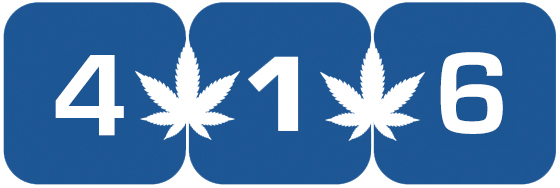The white ash conversation has been positively insufferable. Heady bois and cannabis connoisseurs from coast to coast have been posting videos of their ash on Instagram for what feels like years now, indicating that they’re smoking top shelf product solely based on the color of the ash.
As much as I hate to disappoint, not only is white ash not an accurate metric of quality, it can be easily faked, gamed, cheated, duped and bamboozled using particular cultivation techniques, smoking methods, and as shown by recent court documents: adding small amounts of chalk to the rolling paper.
Recently unsealed documents from a years-long court battle between Republic Technologies LLC and BBK Tobacco & Foods, LLP revealed the ingredient lists used to make OCB Rolling Papers, including one particular additive that Big Tobacco has been familiar with for years which weed smokers might not be aware of: calcium carbonate.
Chalk-Infused Papers
Court documents from 2014 with regard to OCB rolling papers showed that varying amounts of calcium carbonate were used in some of their rolling papers, specifically the following: OCB No. 1 Single Wide, JOB Tribal King Size, OCB Slim, OCB Red 1 ¼, JOB Gold 1.25, OCB Organic Hemp 1-¼ and OCB Organic Hemp King Size Slim.
Snippet taken from court documents in the case of Republic Technologies LLC vs BBK Tobacco & Foods, LLP.
According to the National Institute of Health, calcium carbonate is an inorganic salt found all over the world in rocks like limestone as well as in the shells of many marine organisms and crustaceans. It’s the main ingredient in chalk, antacid medications like Tums, and as it turns out, it has also been used as a whitening pigment in cigarette rolling papers for decades. I was able to find three different patents, two of which date …
Read More
Author: Patrick Maravelias / High Times





